One of the biggest challenges facing Vancouver’s economy is the high cost of real estate. Folks, who want to get into the housing market, or businesses, who want to put up new offices and stores, already know Vancouver is an expensive place.
Opinion
One of the biggest challenges facing Vancouver’s economy is the high cost of real estate. Folks, who want to get into the housing market, or businesses, who want to put up new offices and stores, already know Vancouver is an expensive place.
Their feelings were confirmed by Canada’s Frontier Centre for Public Policy annual affordability report released in early January.
That report handed Vancouver the dubious top spot for the most expensive housing prices of 272 cities across the globe.
Instead of relief, though, Vancouver city council is headed in the opposite direction with its ideological Greenest City policy.
As of Jan. 31, it means that if you’re planning a project and have to rezone property to get it built, you’ll have to take on the punishing higher costs of building to LEED Gold standards.
Various studies done in Canada and the United States have conservatively estimated that a typical premium for LEED projects is between two and 15 per cent.
In other words, in Vancouver, the cost of any new building involving a property rezoning is going to rise.
LEED is a sliding scale – as you move from Silver to Gold to Platinum the “green” standards used in the building rise.
And, so do the costs.
Vancouver needs look no further than False Creek to get a sense of how certification – and its costs – is playing out.
The Wall Centre False Creek condo development was voluntarily built to a LEED Silver standard.
Since October, more than 500 units have been sold and only 30 remain.
Across the street is another centerpiece of Vancouver’s Greenest City policy – Vancouver Olympic Village Condos and Apartments, formerly known as Millennium Water.
Built to LEED Platinum standards, and up for sale well before Wall Centre False Creek hit the market, the development resembles a ghost town.
When the Olympic Village project started, it was supposed to cost $125 per square foot.
In the end, the price tag was $1,100 per square foot, in large part thanks to LEED standards being met.
The units only started to move recently, when selling prices were slashed – thanks to a taxpayer subsidy – to as low as $575 a square foot.
Simply put, the added costs of moving from Silver to Platinum have been a roadblock for many purchasers.
The argument isn’t to scrap LEED certification.
As the Wall Center False Creek shows, many people will chose a level that is affordable to them – and better for the environment.
But, imposing an unaffordable Gold standard on any rezoned property removes that choice.
Instead, it pushes up costs for residential, commercial and industrial buildings – and prices Vancouverites out of the market.
If Vancouver city council really wants to make sure we have a sustainable and affordable future, council needs to rethink just how much extra costs they’re piling on to developers, investors and the end users of the buildings.
Governments can inspire and lead – but they cannot be so ideological that they layer cost upon cost that take projects too far ahead of what citizens will pay – or can even afford.
Philip Hochstein is the president of the Independent Contractors and Businesses Association (ICBA) of B.C. Philip is also a member of the Journal of Commerce Editorial Advisory Board. Send comments or questions to editor@journalofcommerce.com.




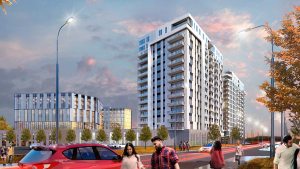
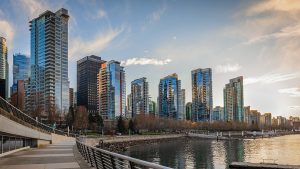
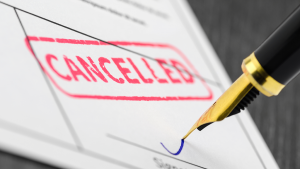
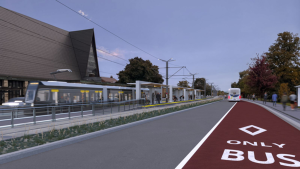
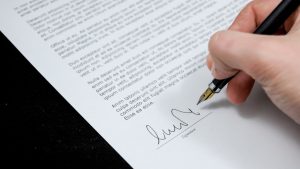


Recent Comments
comments for this post are closed